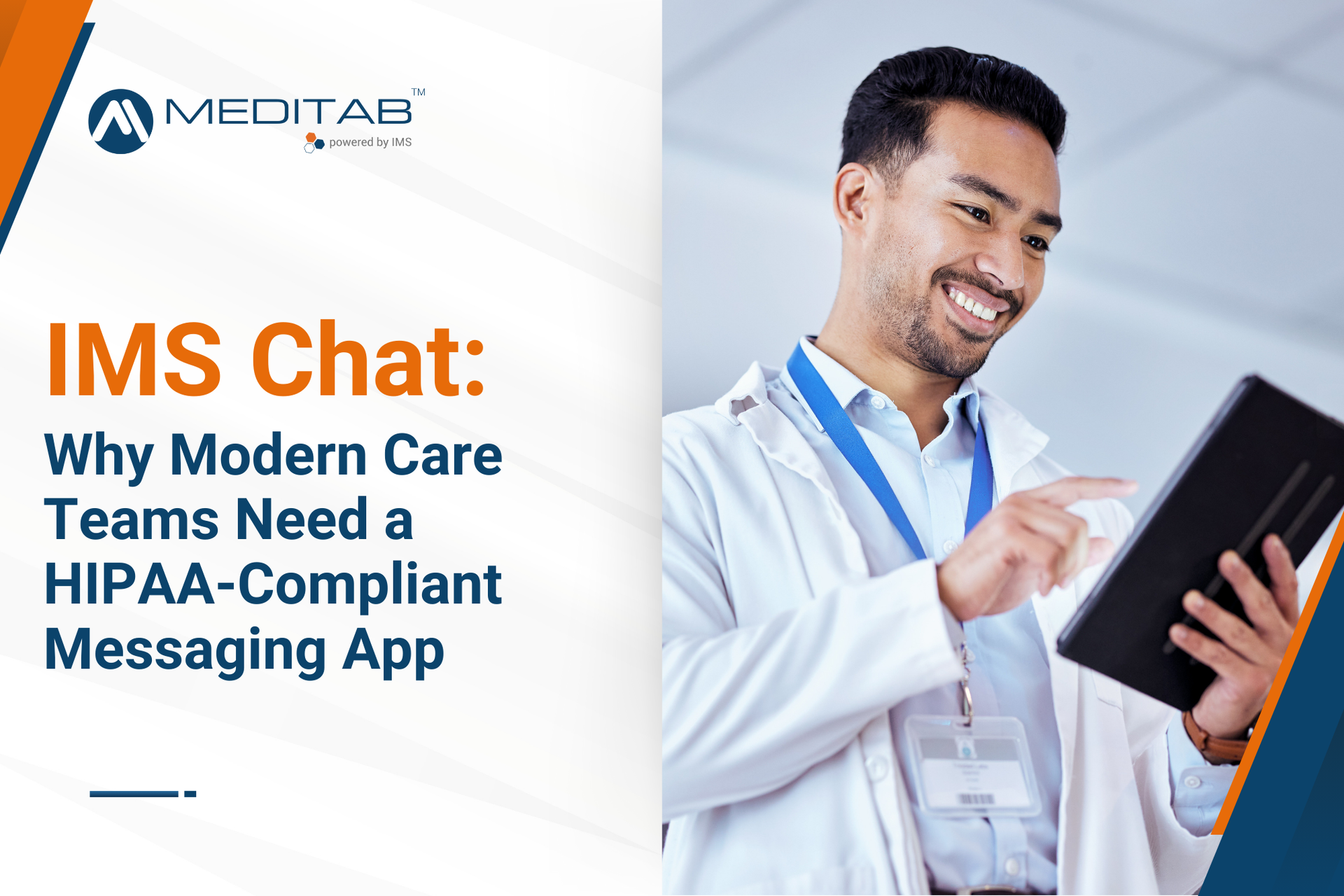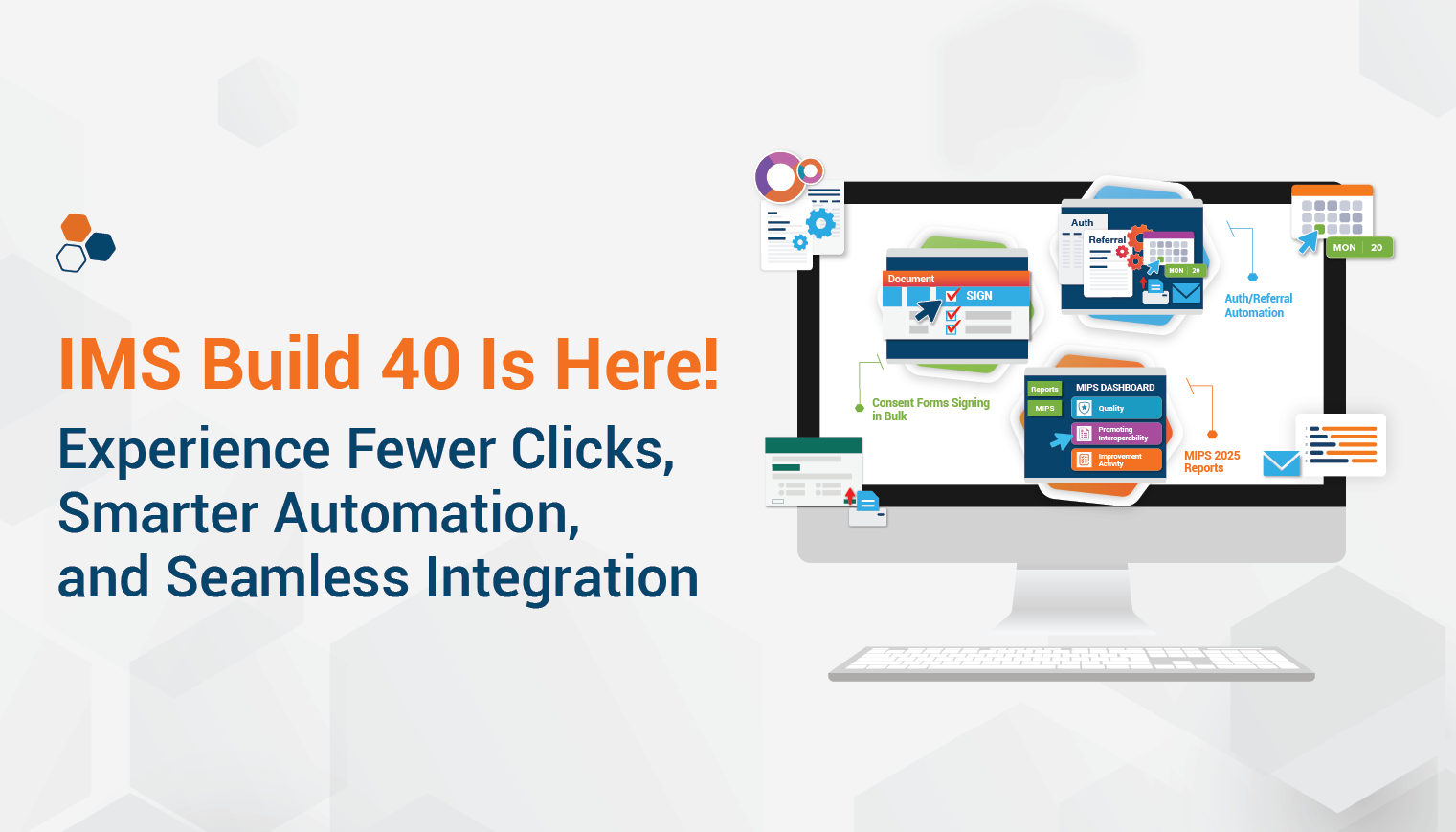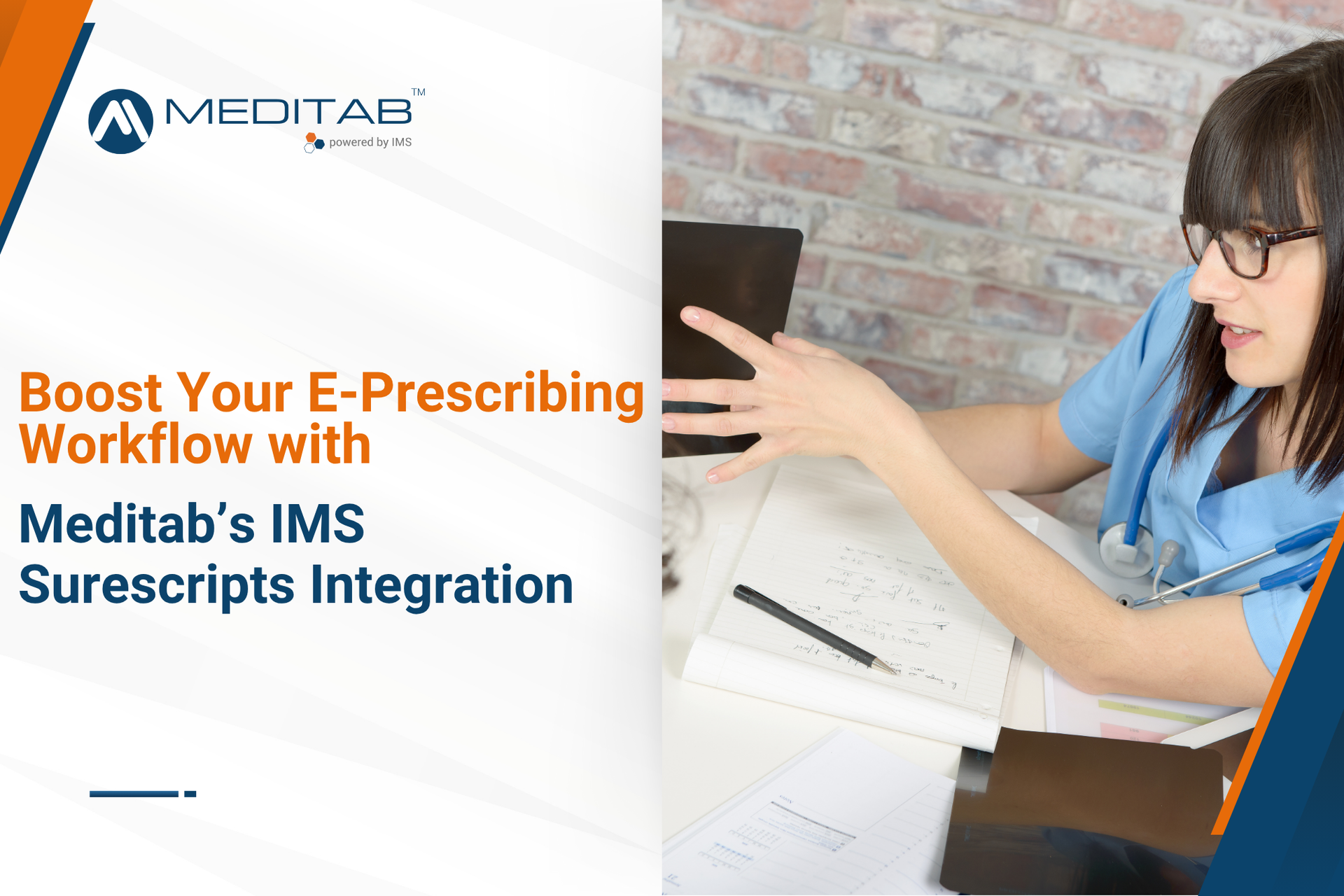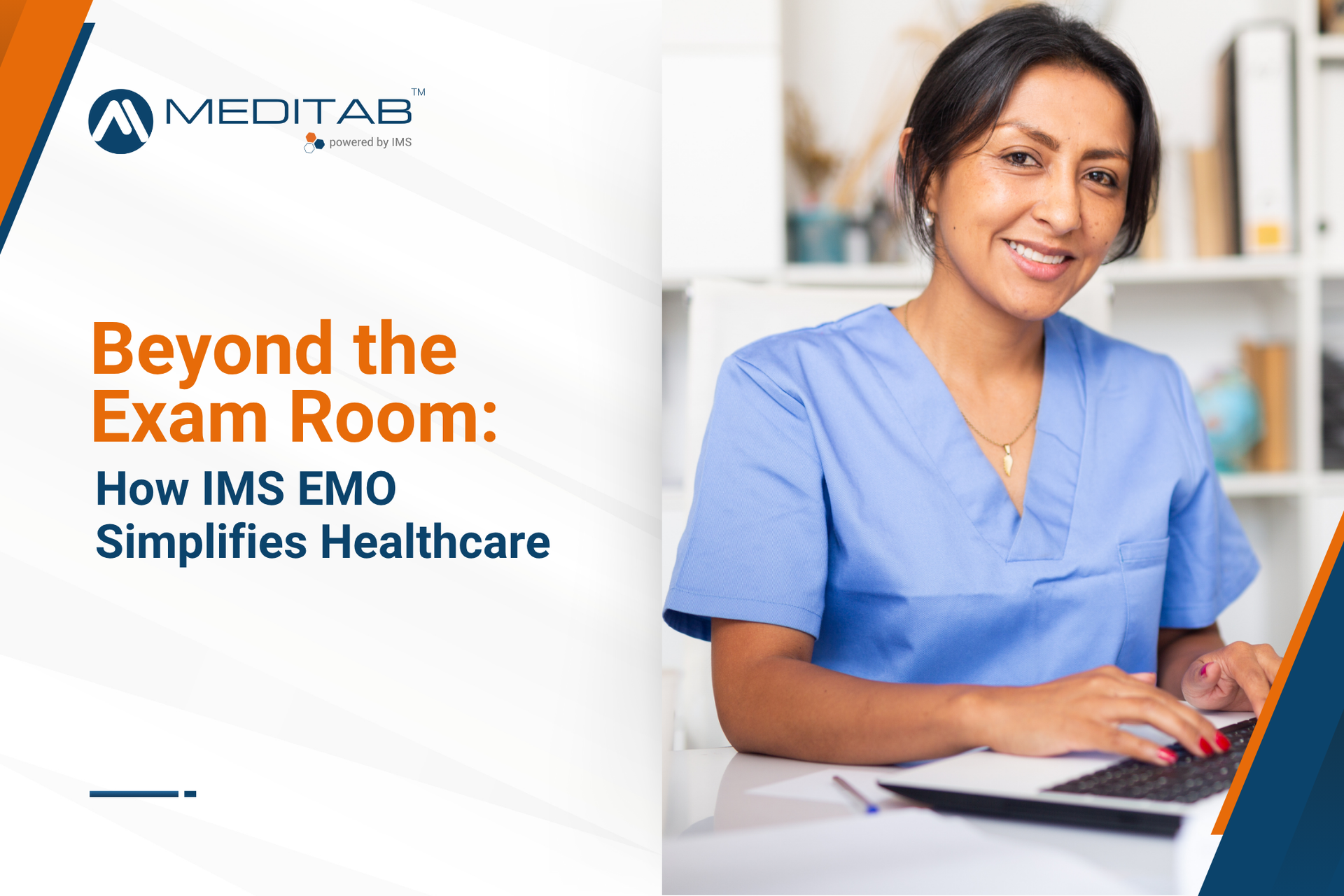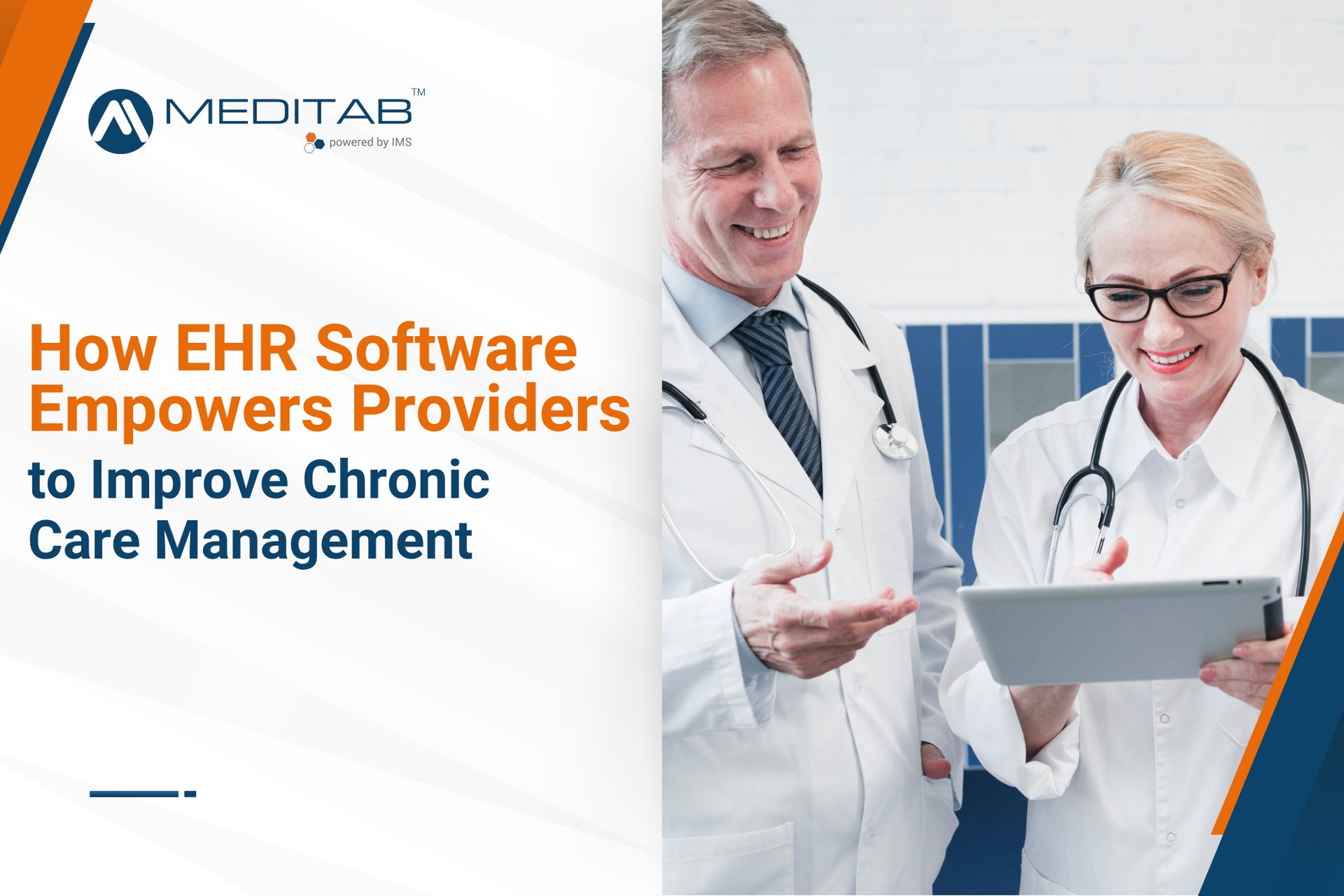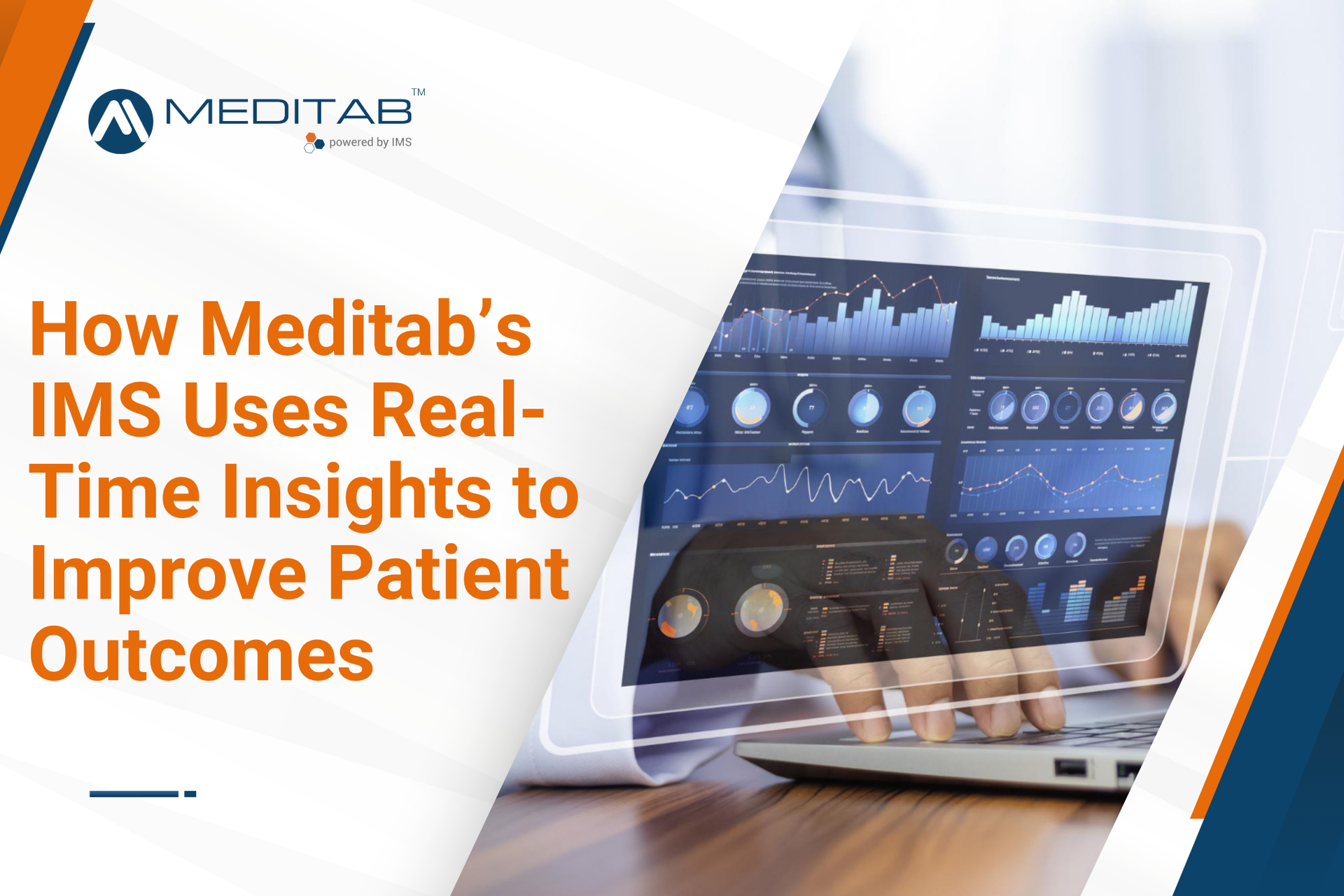Healthcare generates an enormous amount of medical data; however, much of it remains locked in disconnected systems. Interoperability — the ability for different healthcare systems to exchange and use information fluidly — is essential for improving care quality, efficiency, and coordination. Yet achieving it remains a persistent challenge across the industry.
Outdated software, manual data entry, and limited integration between platforms often prevent critical information from flowing where it’s needed. These barriers slow down providers, increase administrative burden, and lead to fragmented patient care.
That’s where HL7 FHIR comes in. As the latest interoperability standard developed by HL7, FHIR is designed to simplify and modernize how healthcare systems communicate. In this blog, we’ll break down what the HL7 FHIR API is, how it works, and why it’s becoming the go-to solution for enabling real-time, secure, and standardized data exchange across the healthcare ecosystem.
Step Up to the Next Level of Interoperability
What Is HL7 FHIR?
FHIR stands for Fast Healthcare Interoperability Resources. Developed by
Health Level Seven International (HL7), a global authority on healthcare data standards, the FHIR HL7 standard blends the best parts of older HL7 versions with the flexibility of modern web technologies to overcome previous limitations.
Here’s what makes FHIR different and powerful:
- Built on familiar web tools:
FHIR uses RESTful APIs, JSON, and XML, which are the same tools used by modern apps and platforms outside of healthcare. This makes it easier and faster for developers to build integrations.
- Combines the best of HL7 v2, v3, and CDA:
Instead of replacing past standards completely, the FHIR standard takes the proven concepts of
earlier versions and modernizes them for real-time, scalable use.
- Structured around modular
Resources:
Everything in FHIR is made up of building blocks called Resources—like Patient, Encounter, Medication, or Observation. These small, flexible data units can be accessed, updated, and exchanged independently, making data sharing more precise and efficient.
- Designed for flexibility and scalability:
Whether you’re connecting
EHRs, mobile apps, lab systems, or patient portals, FHIR is adaptable enough to support a wide range of healthcare workflows.
How the FHIR API Works
Now that you understand what FHIR is, let’s look at how it actively connects healthcare systems and improves
healthcare data interoperability through APIs.
An
application programming interface (API) is a tool that lets different software systems communicate. In healthcare, APIs help EHRs, labs, billing platforms, and apps exchange healthcare data quickly and securely.
FHIR APIs use web-based technology to:
- Read and write patient data.
- Search for specific information, like lab results or diagnoses.
- Update records in real-time.
Built on RESTful architecture, FHIR APIs are cloud-friendly, scalable, and fast, just like the apps we use everyday.
To keep patient data safe, they also follow strict security standards, such as:
- OAuth2 for secure access.
- SMART on FHIR to ensure apps only see what they’re allowed to.
In short, FHIR APIs make healthcare data more accessible, actionable, and secure—exactly what modern healthcare needs.
How HL7 FHIR Improves Interoperability
FHIR doesn’t just move healthcare data; it also helps systems truly work together. Using standard formats and modern APIs creates faster, more reliable connections across the healthcare ecosystem.
Here’s how FHIR supports better healthcare data management and connectivity:
FHIR makes it easier for EHRs,
patient apps, labs, and pharmacies to share information without the need for complex, custom setups.
- Real-Time Clinical Access
Providers can quickly pull up key data like lab results, medications, and vitals right when they need it, improving both speed and care decisions.
- Improved Care Coordination
With shared access to current records, care teams can collaborate more effectively across different systems.
- Support for Patient Access Mandates
FHIR helps meet 21st Century Cures Act requirements by enabling secure, app-based access for patients.
Standardized FHIR Resources and endpoints simplify the process of connecting third-party tools or modules.
At its core, FHIR interoperability breaks down data silos and enhances healthcare data management, leading to faster, safer, and more connected patient care.
Challenges and Considerations
While FHIR in healthcare offers a leap forward in data interoperability, anticipating potential roadblocks is key to a smooth and successful implementation.
Inconsistent Implementations
Although FHIR follows a standard framework, different systems may implement it differently. This can lead to integration issues without proper alignment.
Data Governance and Consent
Sharing data means managing privacy, security, and patient consent carefully. Clear access rules and protections are essential.
Legacy System Compatibility
Many older systems lack native FHIR support. Translating legacy data into FHIR Resources is often necessary for full integration across healthcare services.
Vendor and Regulatory Alignment
Smooth implementation depends on collaboration with vendors and compliance with the Office of the National Coordinator for Health Information Technology (ONC) and the Centers for Medicare & Medicaid Services (CMS) rules.
How Meditab Helps You Leverage HL7 FHIR
FHIR integration is easier when you have a partner who builds interoperability into everything they do. At
Meditab, that’s exactly our approach.
We’re committed to helping healthcare organizations harness FHIR for better connectivity, flexibility, and compliance—aligned with evolving healthcare interoperability standards.
Here’s how we make it happen:
- Streamline Data Exchange Across Systems
From IMS EHR to mobile apps and partner integrations, our platforms support FHIR for smooth, real-time data exchange.
- Customize API Endpoints to Fit Your Workflow
Every practice is different. We offer customizable FHIR APIs to fit your workflows and integration needs.
- Ensure Security and Regulatory Compliance
Our solutions are HIPAA-compliant and designed to meet the Cures Act interoperability standards.
- Deliver Continuous Support and Innovation
We continuously evolve our platforms with the latest FHIR updates, offering reliable healthcare interoperability solutions that scale with your needs.
With
Meditab’s IMS, you get more than a compliant system. You get a smarter, more connected healthcare solution.
Take the Next Step Toward True Interoperability
The HL7 FHIR API is transforming the way healthcare systems connect, making data sharing faster, smarter, and more secure. By breaking down barriers between platforms, FHIR helps providers access real-time information, coordinate care more effectively, and meet evolving patient access requirements with ease.
If you're ready to simplify interoperability and future-proof your practice,
Meditab
is here to help. Reach out to learn more about how our FHIR-ready solutions can support your goals.
Transform the Way You Handle Data
Frequently Asked Questions
Is FHIR only for large health systems, or can smaller practices benefit too?
Smaller practices can absolutely benefit. FHIR makes data access more affordable and scalable, especially when supported by EHR vendors that offer turnkey FHIR integrations.
Can FHIR be used for billing or administrative data, not just clinical data?
Yes. While FHIR is best known for clinical data, it also includes Resources for administrative and financial processes like claims, coverage, and eligibility verification, supporting end-to-end interoperability.
What role does FHIR play in value-based care models?
FHIR enables real-time access to quality metrics, outcomes, and patient history across care settings. This supports better coordination and data sharing—key factors in succeeding under value-based care arrangements.




